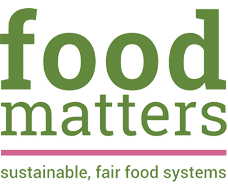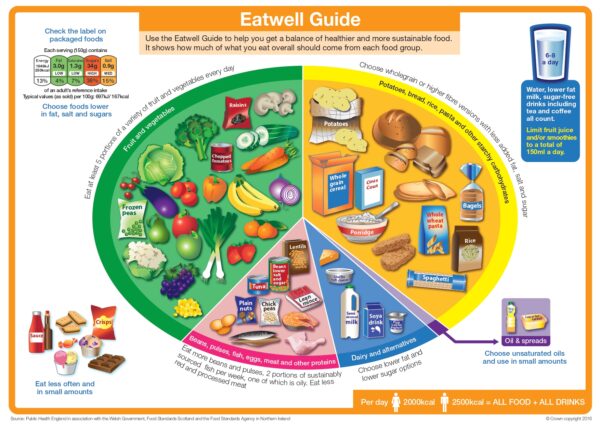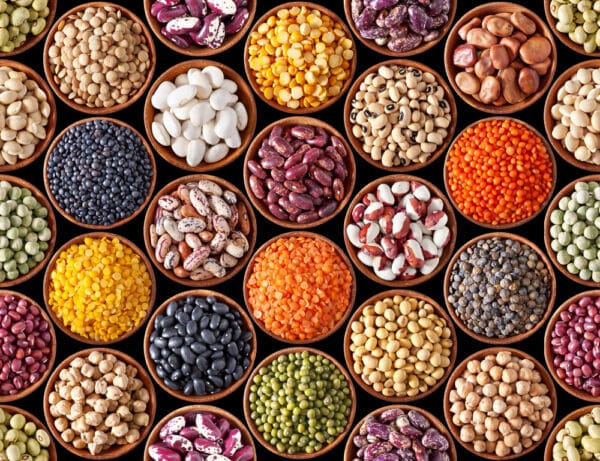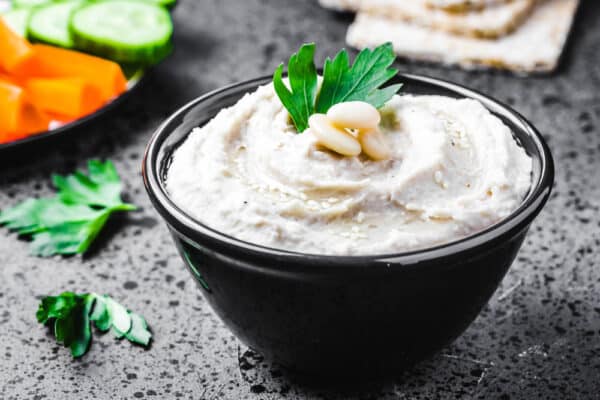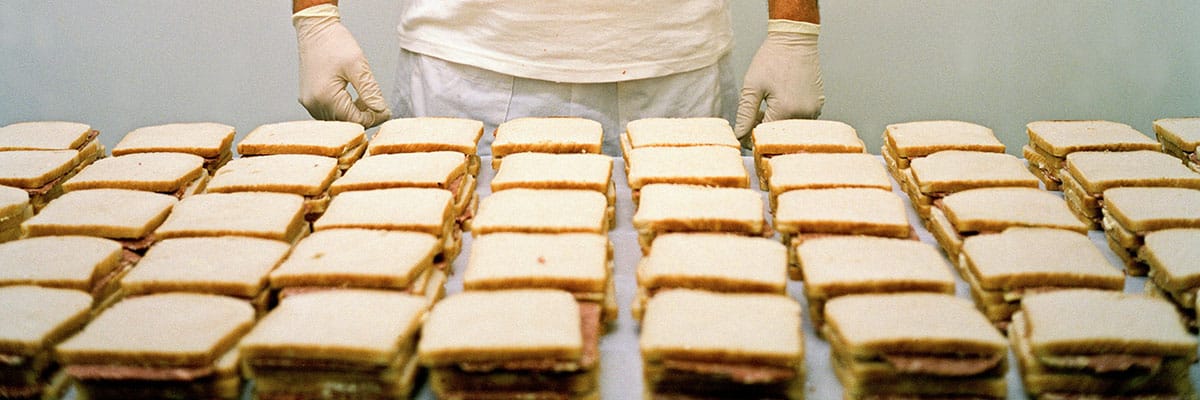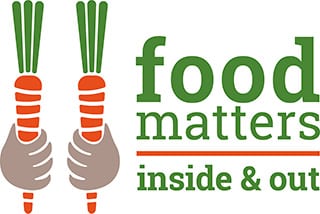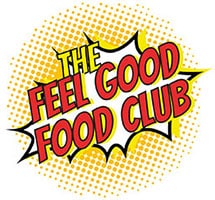Her Wellbeing is our newsletter packed full of content to feed body and mind that goes to women both within and outside of the prison estate. Our latest issue was all about protein, and we provide the highlights below.
A few facts about protein…
Protein is a type of substance important in our bodies for structure, to drive its chemical reactions and as an energy source.
When you eat protein, as part of lots of foods, the acid in your stomach breaks it down into its building blocks called amino acids, ready to be absorbed into the blood and then rebuilt into the specific proteins that are needed by your body in that moment.
There are lots of different proteins, and each is made up of a unique sequence of amino acids, like a sequence of letters that make up a sentence. You may be familiar with some of the names of amino acids, like histamine, glutamine and tryptophan. Although your body needs 20 different amino acids, it can make 11 of them itself, leaving 9 essential amino acids, which need to come from the food you eat. A protein food which contains all 9 is called a complete protein and if it doesn’t contain all essential amino acids, it’s an incomplete protein.
Every different sequence of amino acids produces a protein of a specific shape and function. some familiar proteins include collagen in connective tissue and haemoglobin in red blood cells.
Although the largest amount of protein is found in muscles, it’s not the just for muscle building. the protein you eat is used everywhere in the body:
– Cell structure.
– Synthesis of the chemical messenger hormones.
– The building and action of muscles.
– In skin, hair, nails and connective tissue like collagen and other tissues.
– Helping with digestion.
– Part of the immune system.
– Like carbohydrates and fat they are a source of energy.
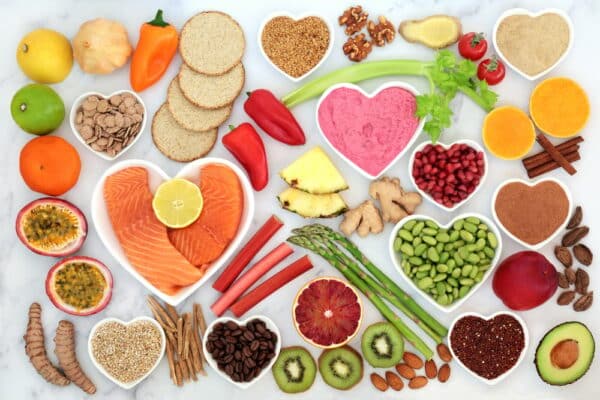
|
